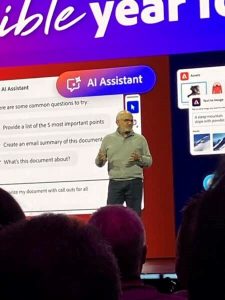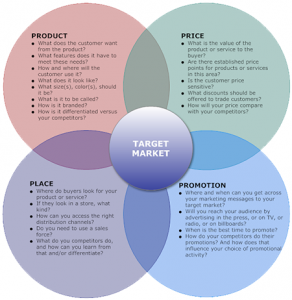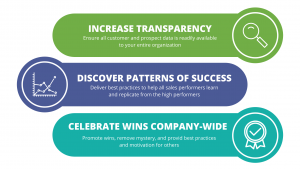Do You Know Your Audience?
by Gretchen Scheiman , Op-Ed Contributor, September 12, 2017
It’s amazing how easy it is to forget your audience. The day-to-day mechanics of pulling lists, picking products, and designing offers can focus so much of your energy and effort on your internal audience (such as peers and stakeholders) that by the end of it, you’ve lost sight of who your marketing is really talking to.
And even if you’ve managed to hold on and remember your audience, over time audiences change and shift in subtle ways. This means you and your team should always be asking yourselves, “Do you know your audience?”
Three tools can help you reconnect with your audience:
1. Analytics. Demographics, along with psychographics and other information about target audiences, are key to developing analytical tools that help identify audience members. Once you have these tools, they need to be refreshed regularly to stay relevant.
Don’t stop with just a model refresh, though. Partner with your analytics team to identify other tools that can help you dive in and understand the various segments of your audience. There are nuggets to be had in data from customer service, online visits, search terms, and even offline encounters. Mixed encounters — such as geotargeting while in-store — can also provide new data to help understand the customers that make up your audience.
2. Market research. Marketers should budget for new and refreshed market research every year. Answer critical questions first, such as: Are my segments correct and relevant? What do my customers want, value or need from my brand communications? What are my audience’s most common pain points? What are the most common paths to conversion?
There is always more to learn. By understanding audience needs and movement through the conversion funnel, marketers can paint a more detailed picture of their audience.
3. Personas and journeys. A customer persona is a useful tool to put a specific face to an audience segment, giving a you a person to focus on for your marketing efforts. Journeys help marketers understand the process that customers go through from awareness to conversion, which can be used to guide content and marketing efforts.
Marketers build personas and journeys based on qualitative and quantitative research, which gives you an immediate use for some of the analytics and market research mentioned above.
Do you know your audience? Have you reconnected with your audience segments recently? These great tools are useful beyond email marketing, so it’s a good reason to network with your internal marketing teams to see the latest information available. If these haven’t been refreshed recently, ask when they will be. After all, you’re not the only marketer in your organization who needs them.
MediaPost.com: Search Marketing Daily
(80)
Report Post





